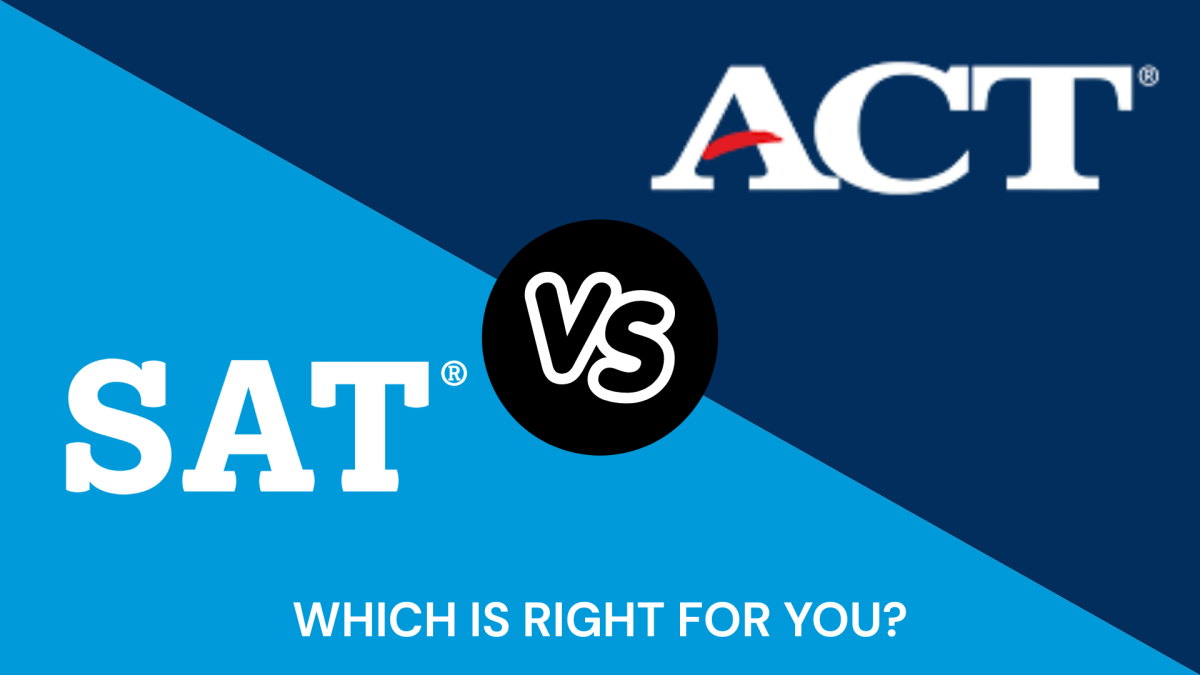The start of the school year also marks the beginning of testing season. As we move farther from the COVID-19 pandemic and universities shift away from being test-optional, many Ida B. Wells seniors, juniors and even sophomores are studying for the Scholastic Aptitude Test (SAT) and American College Testing (ACT).
Both the SAT and ACT can be used for college admissions and merit scholarships, but which test is right for you? The main differences between the two reside in their structures, scoring systems and format.
The SAT is split between a reading and writing section and a math section, while the ACT has four sections: English, Math, Reading and Science Reasoning. The SAT has two modules for reading and writing, while the ACT has four passages to read and analyze.
In both tests, students can expect to be tested on arithmetic, algebra, geometry and trigonometry, but only the ACT has questions on probability and statistics, according to The Princeton Review. The ACT is the only test that includes a science section, but it focuses more on graph analysis and critical thinking skills rather than knowledge of the science curriculum.
In terms of scoring, both tests are scored on a numeric scale. The SAT is scored on a scale of 400-1600, and the ACT is scored on a scale of 1-36. You may use a calculator on all math questions in both tests, and the ACT has an optional supplemental essay section testing how well you can evaluate and analyze complex situations.
In addition, the two tests have different lengths. In the SAT, you have 64 minutes to complete the Reading & Writing section and 70 minutes to complete the Math section, with a break in between the two modules. This totals two hours and 14 minutes.
The ACT is longer, but its time varies. In Apr. 2025, the ACT made changes to its testing structure, modifying the amount of time available for students to complete. The enhanced (new) ACT allows 35 minutes for English, 50 minutes for math, 40 minutes for reading and 40 minutes for science. The legacy (old) ACT allowed 45 minutes for English, 60 minutes for Math, 35 minutes for Reading and 35 minutes for Science.
Despite being longer overall, the ACT gives significantly less time per question than the SAT. The SAT provides about 71-95 seconds per question, depending on the subject, and the ACT provides 36-60 seconds. That being said, the ACT scoring is more forgiving, offering more questions and chances to demonstrate your knowledge. Missing one question is less of a big deal on the ACT than on the SAT.
In March 2024, the College Board introduced the SAT in an entirely digital format for the first time, meaning all SATs are administered on district-issued student Chromebooks using the Bluebook Testing Browser. Students taking the SAT have access to Desmos, an embedded calculator, during the entire math portion of their test.
The ACT remains a classic pen-and-paper test, and students are allowed to bring most four-function, scientific and graphing calculators, provided they do not have prohibited functions like a Computer Algebra System (CAS), a QWERTY keyboard or a built-in cell phone.
Colleges and universities consider both exams equally and do not have a preference between which exam applicants take, so it’s up to students to determine which test will be best for them based on their academic skillset, preferred test-taking format and ability to work under pressure.









